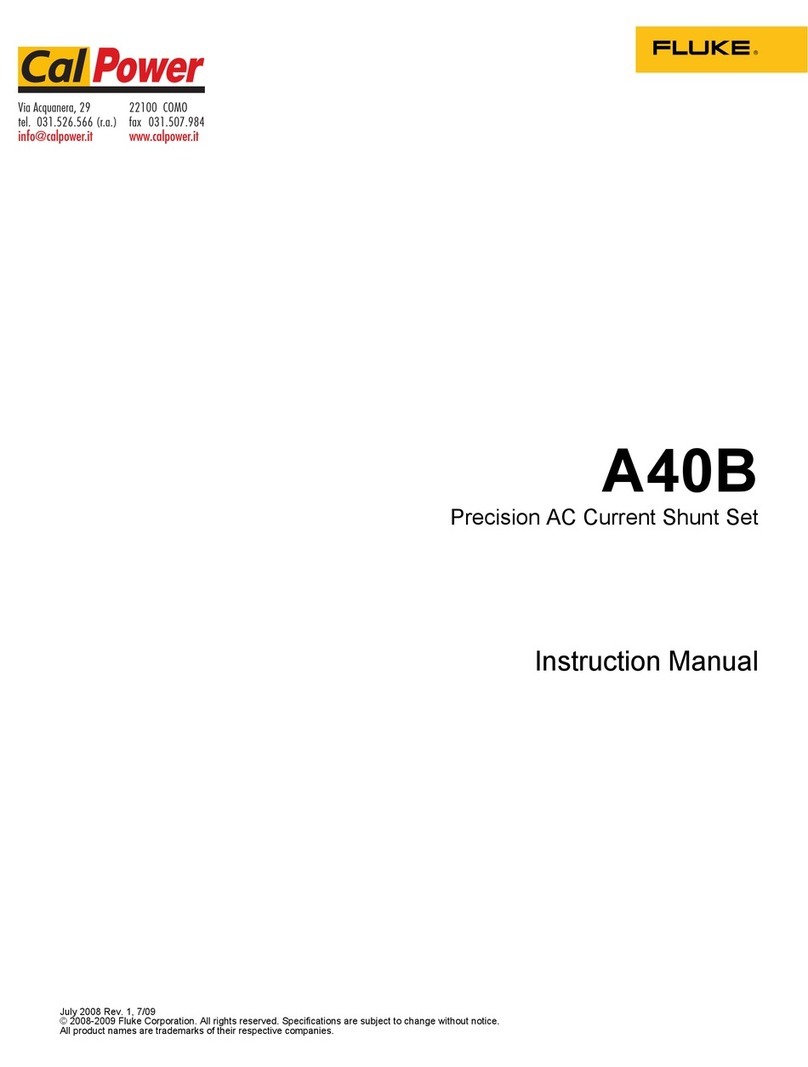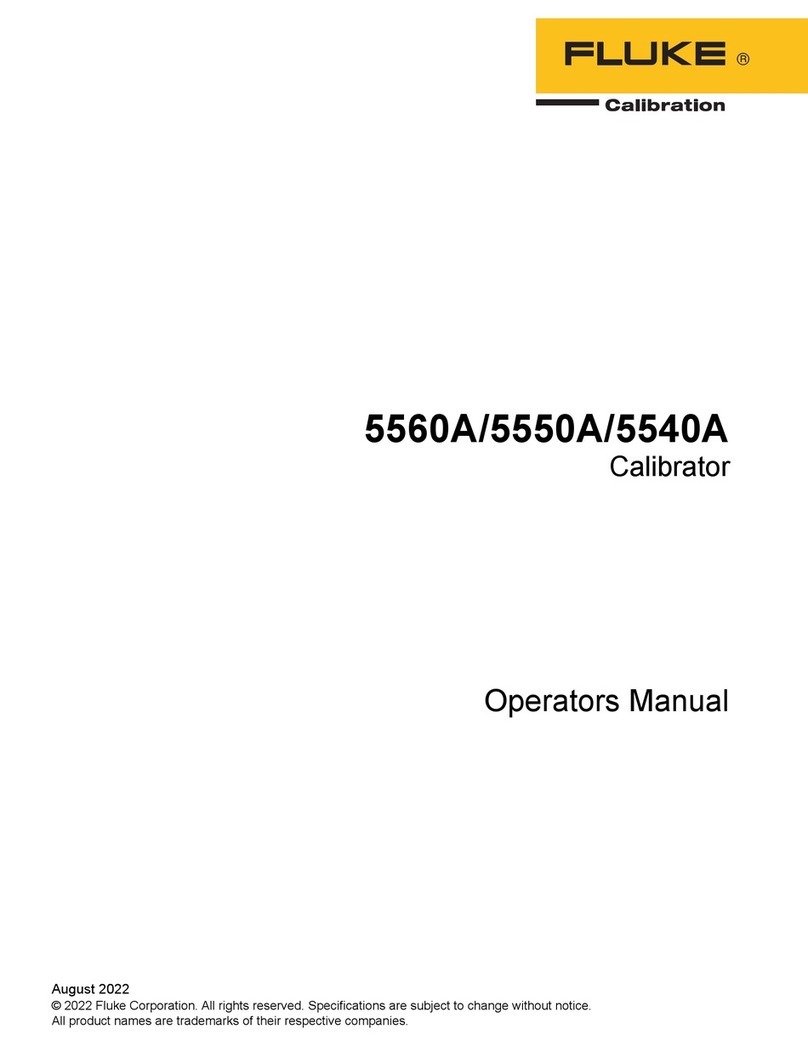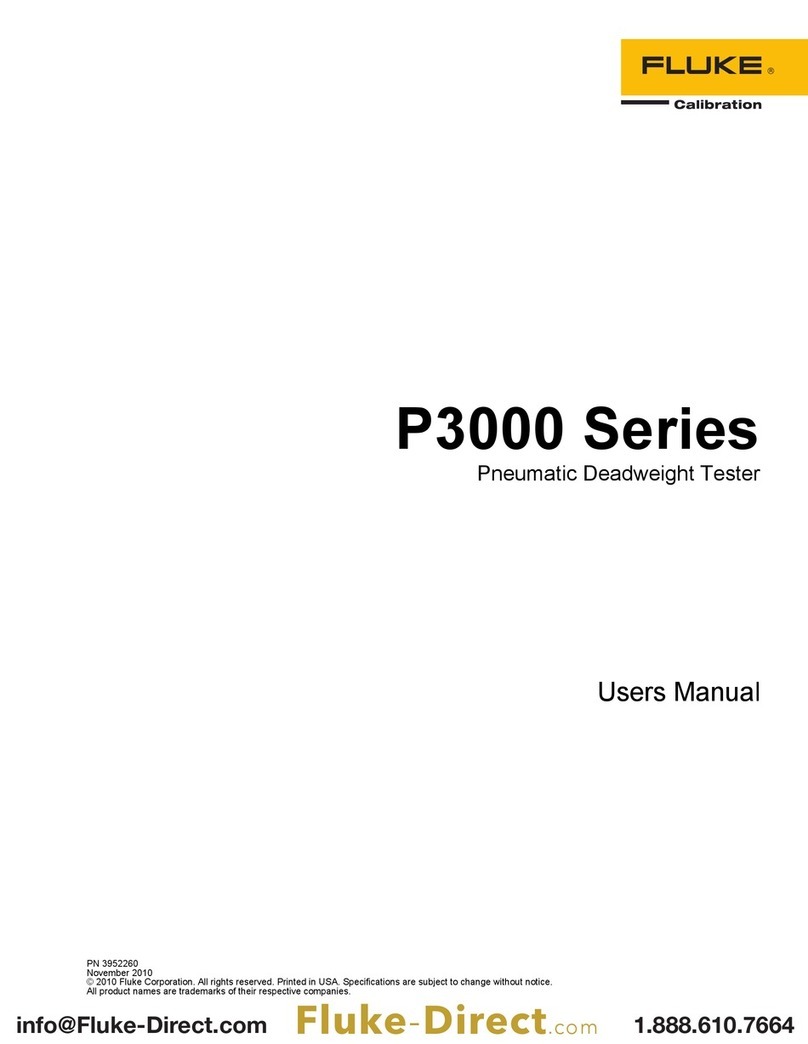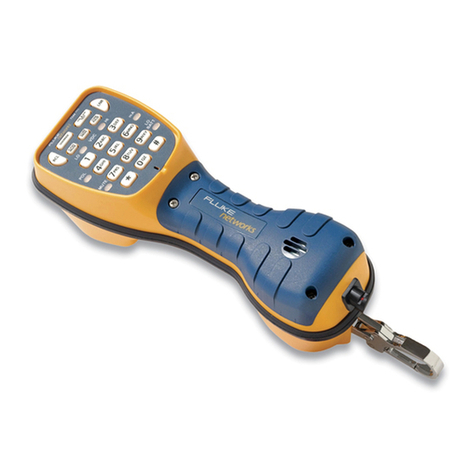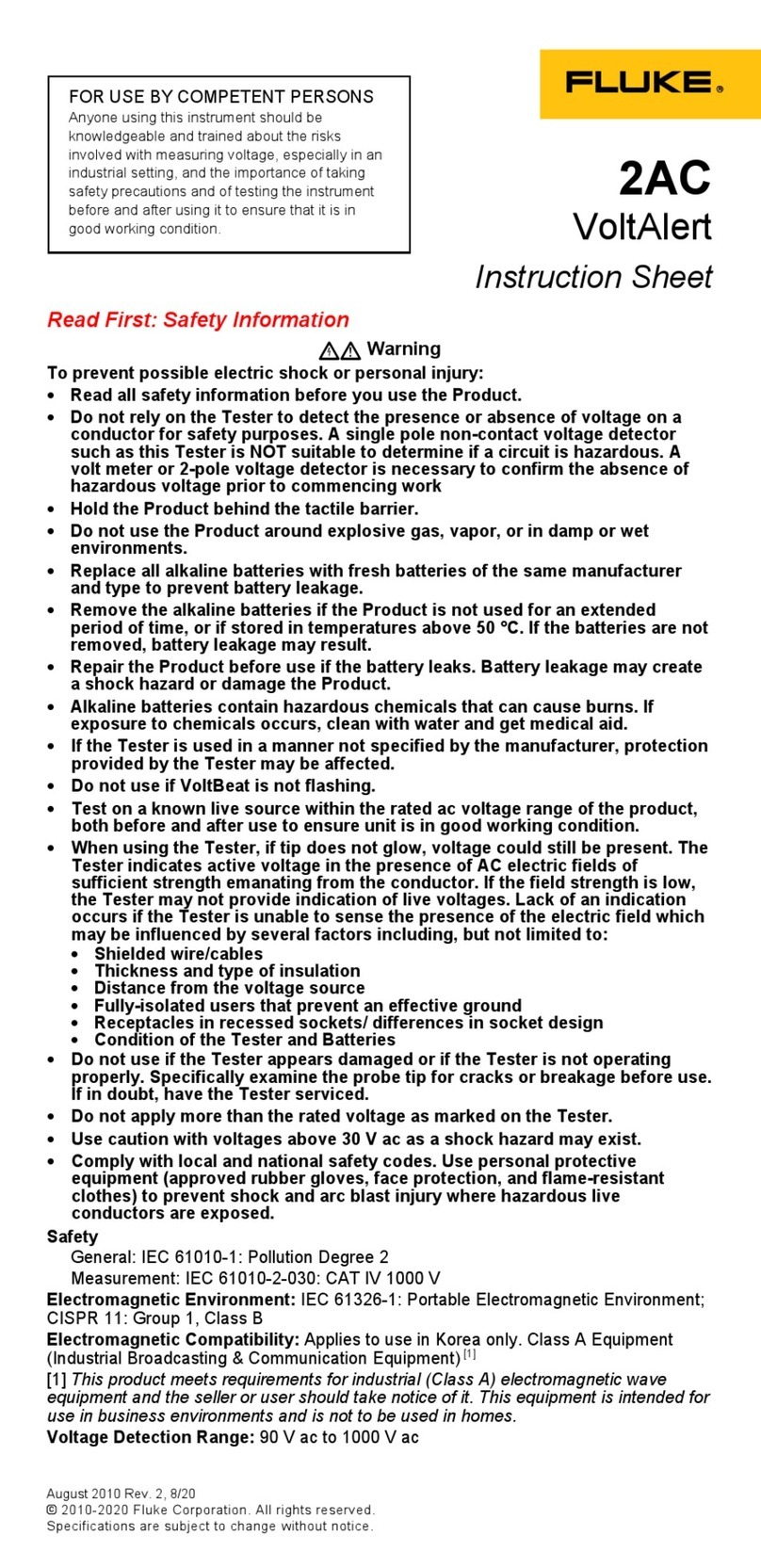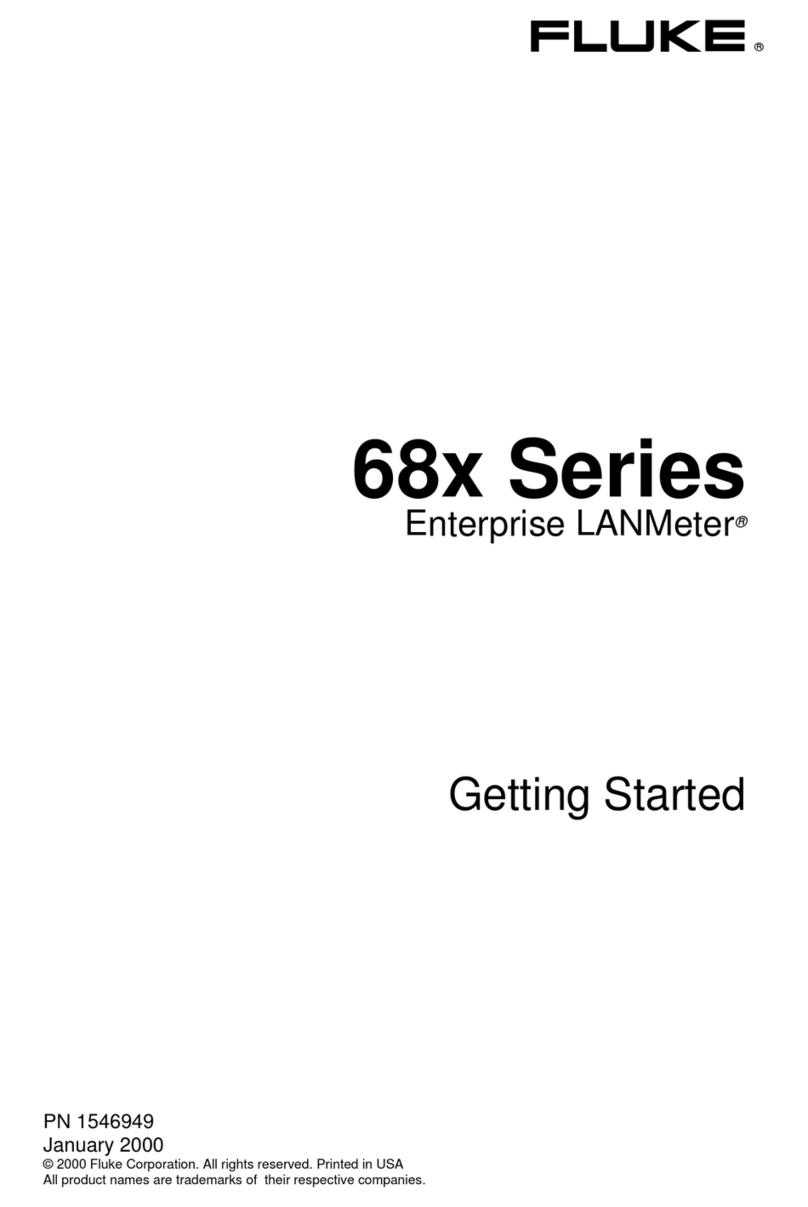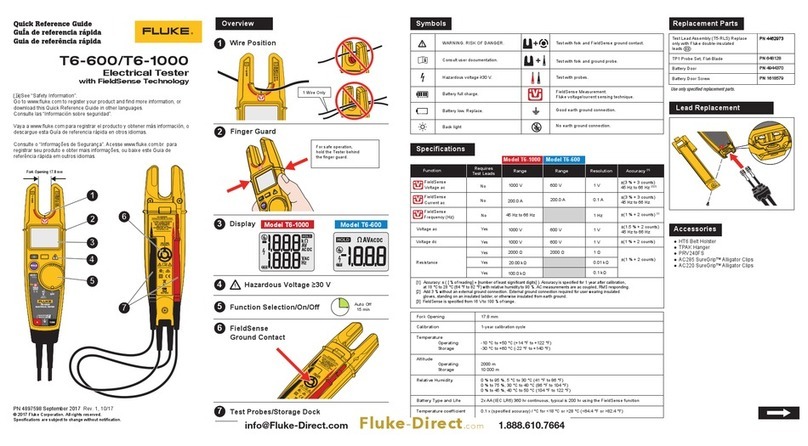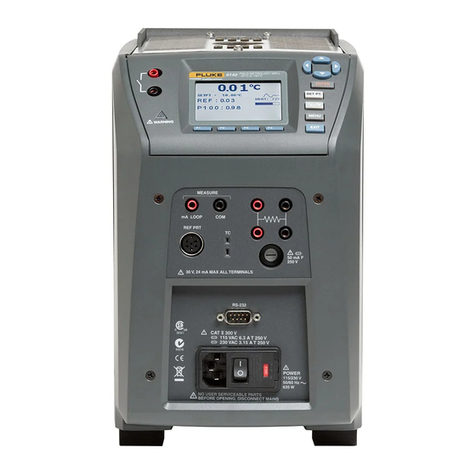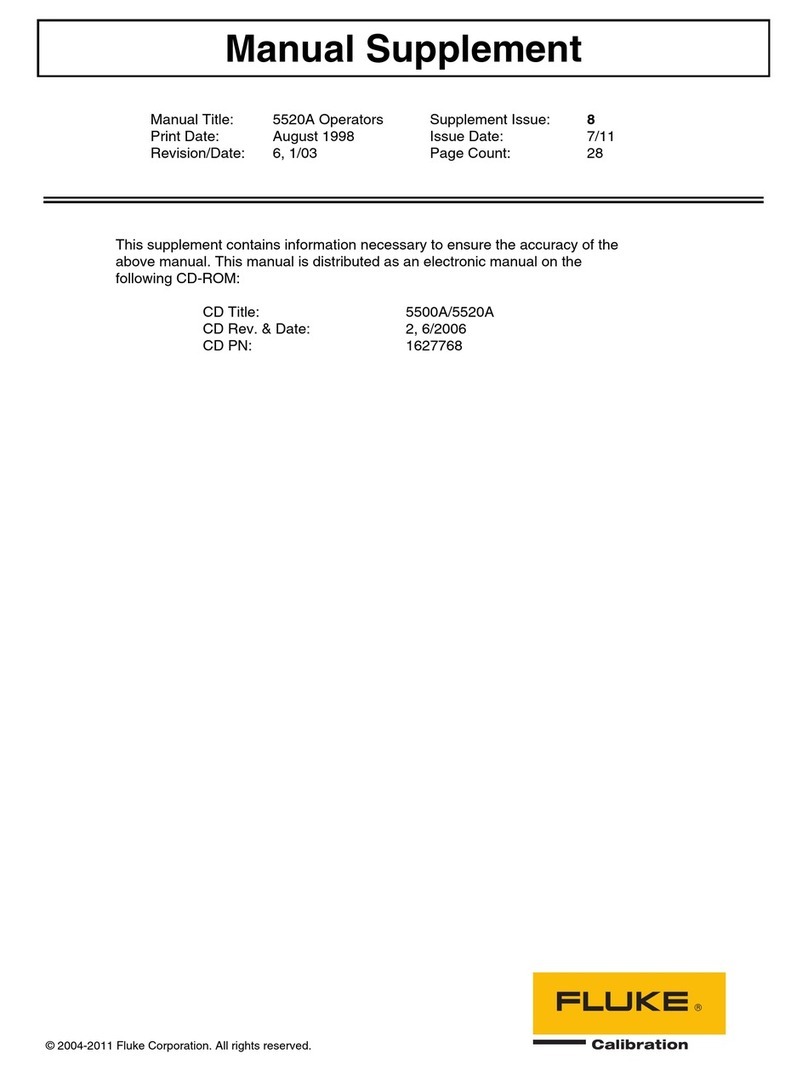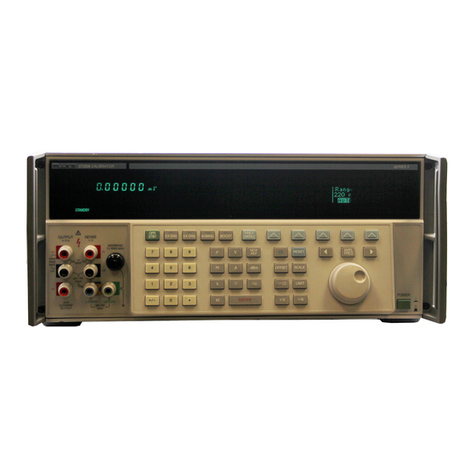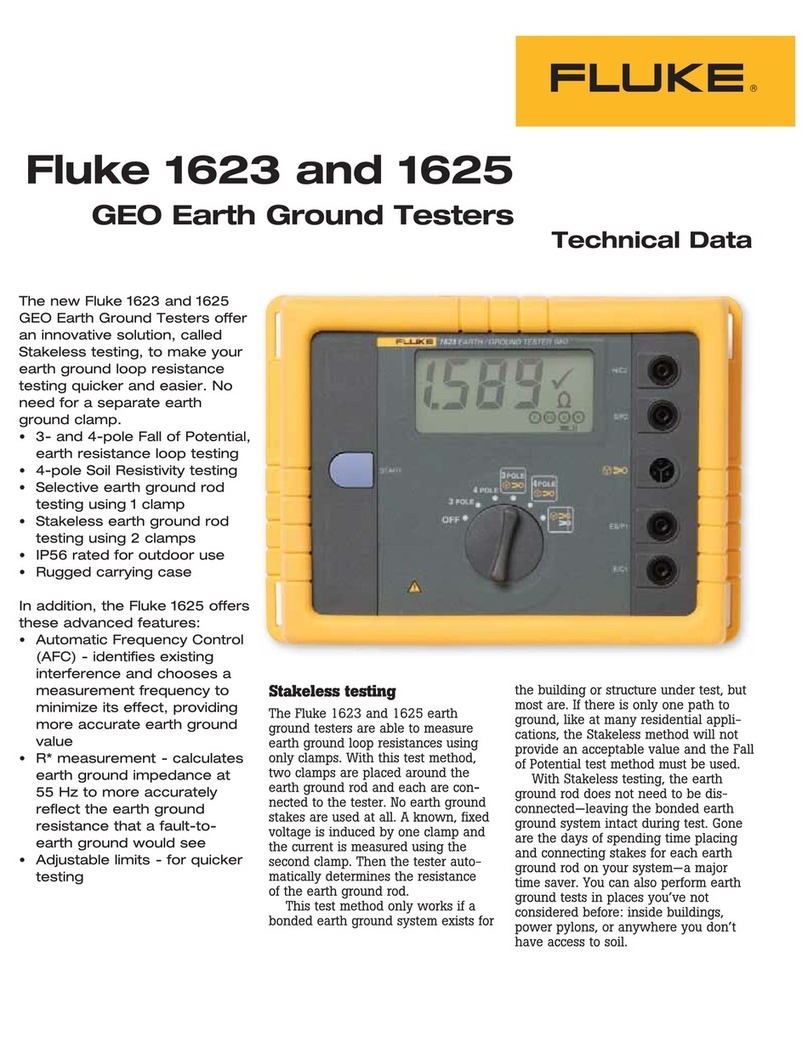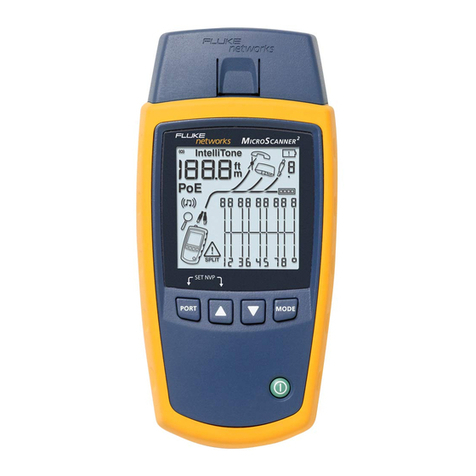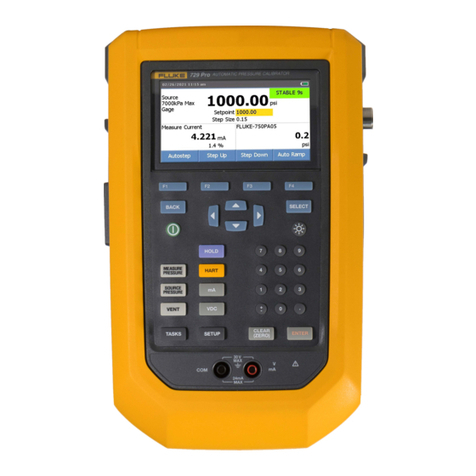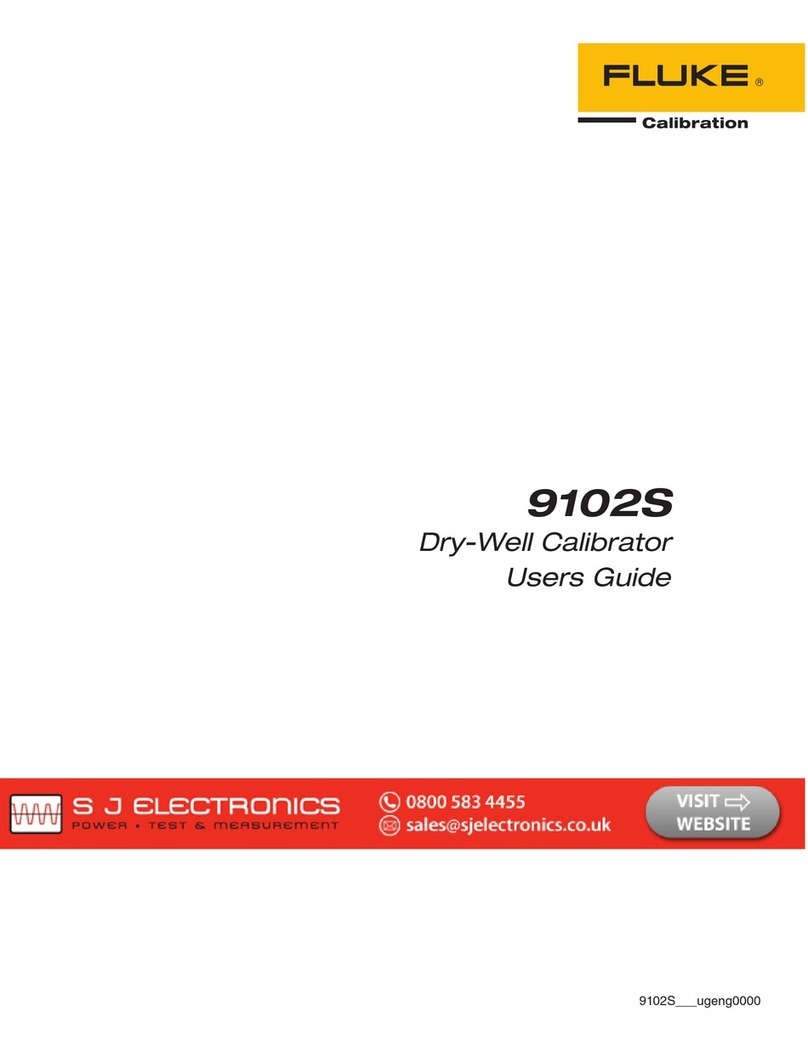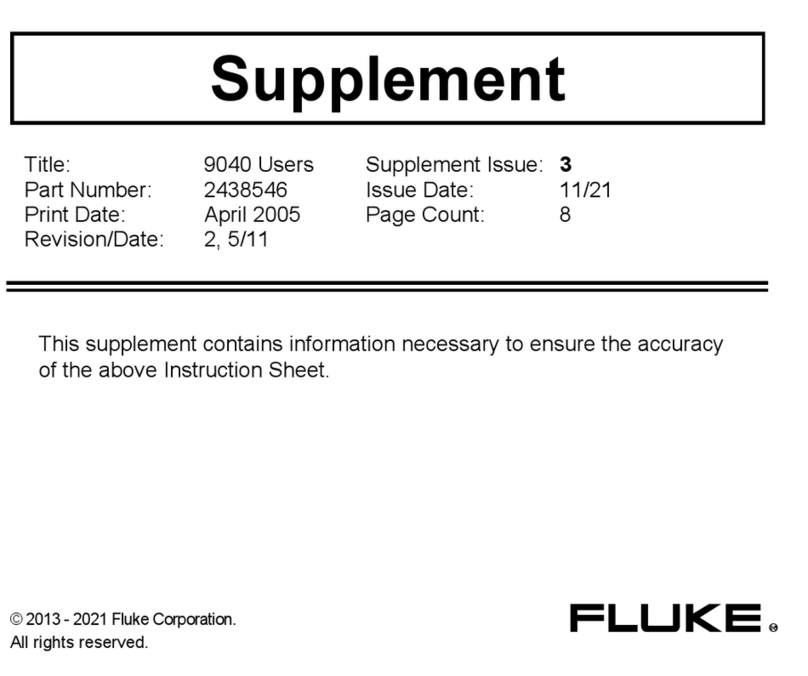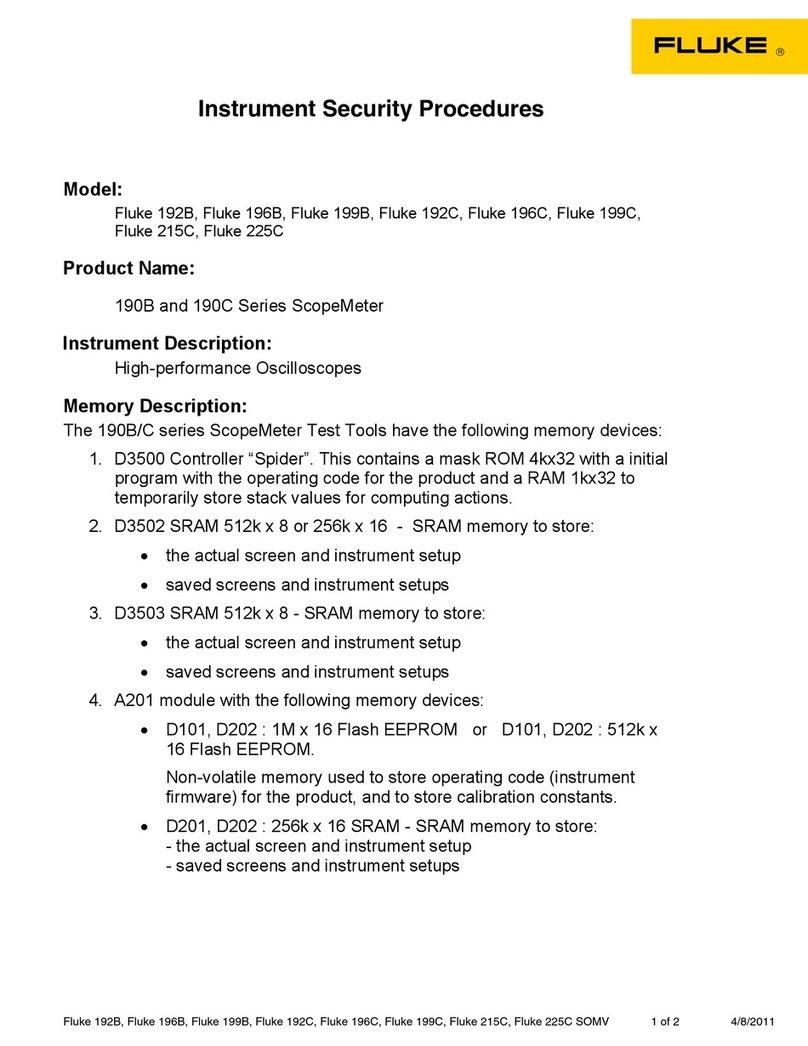
7.2 Bath fluid . . . . . . . . . . . . . . . . . . . . . . . . . . . . . . 25
7.3 Fluid system . . . . . . . . . . . . . . . . . . . . . . . . . . . . . 25
7.4 Fluid Drain . . . . . . . . . . . . . . . . . . . . . . . . . . . . . 25
7.5 Filling the bath . . . . . . . . . . . . . . . . . . . . . . . . . . . 25
7.5.1 Using heat transfer salt . . . . . . . . . . . . . . . . . . . . . . . . . . . . . 25
7.5.1.1 The first salt load . . . . . . . . . . . . . . . . . . . . . . . . . . . . . . . . . . . . 25
7.5.1.2 Melting the salt . . . . . . . . . . . . . . . . . . . . . . . . . . . . . . . . . . . . . 27
7.6 Stirring . . . . . . . . . . . . . . . . . . . . . . . . . . . . . . . 28
7.7 Power . . . . . . . . . . . . . . . . . . . . . . . . . . . . . . . . 28
8 Controller operation . . . . . . . . . . . . . . . . . . . . . . . 29
8.1 Bath temperature . . . . . . . . . . . . . . . . . . . . . . . . . . 29
8.2 Reset cut-out. . . . . . . . . . . . . . . . . . . . . . . . . . . . . 29
8.3 Temperature set-point . . . . . . . . . . . . . . . . . . . . . . . . 31
8.3.1 Programmable set-points . . . . . . . . . . . . . . . . . . . . . . . . . . . . 31
8.3.2 Set-point value . . . . . . . . . . . . . . . . . . . . . . . . . . . . . . . . . 32
8.3.3 Set-point vernier . . . . . . . . . . . . . . . . . . . . . . . . . . . . . . . . 32
8.4 Temperature scale units . . . . . . . . . . . . . . . . . . . . . . . 33
8.5 Secondary menu . . . . . . . . . . . . . . . . . . . . . . . . . . . 34
8.6 Heater power . . . . . . . . . . . . . . . . . . . . . . . . . . . . 34
8.7 Proportional band . . . . . . . . . . . . . . . . . . . . . . . . . . 34
8.8 Cut-out . . . . . . . . . . . . . . . . . . . . . . . . . . . . . . . 36
8.9 Controller configuration. . . . . . . . . . . . . . . . . . . . . . . 37
8.10 Probe parameters . . . . . . . . . . . . . . . . . . . . . . . . . . 37
8.10.1 R0 . . . . . . . . . . . . . . . . . . . . . . . . . . . . . . . . . . . . . . . . 38
8.10.2 ALPHA . . . . . . . . . . . . . . . . . . . . . . . . . . . . . . . . . . . . . 38
8.11 Operating parameters . . . . . . . . . . . . . . . . . . . . . . . . 38
8.11.1 Cut-out reset mode . . . . . . . . . . . . . . . . . . . . . . . . . . . . . . . 38
8.11.2 Stir mode select . . . . . . . . . . . . . . . . . . . . . . . . . . . . . . . . . 38
8.11.3 Stir set-point. . . . . . . . . . . . . . . . . . . . . . . . . . . . . . . . . . . 39
8.11.4 Heat up power . . . . . . . . . . . . . . . . . . . . . . . . . . . . . . . . . . 39
8.12 Serial interface parameters . . . . . . . . . . . . . . . . . . . . . 40
8.12.1 Baud rate . . . . . . . . . . . . . . . . . . . . . . . . . . . . . . . . . . . . 40
8.12.2 Sample period . . . . . . . . . . . . . . . . . . . . . . . . . . . . . . . . . . 41
8.12.3 Duplex mode . . . . . . . . . . . . . . . . . . . . . . . . . . . . . . . . . . 41
8.12.4 Linefeed . . . . . . . . . . . . . . . . . . . . . . . . . . . . . . . . . . . . . 41
8.13 IEEE-488 parameters . . . . . . . . . . . . . . . . . . . . . . . . 42
8.13.1 IEEE-488 address . . . . . . . . . . . . . . . . . . . . . . . . . . . . . . . . 42
8.14 Calibration parameters . . . . . . . . . . . . . . . . . . . . . . . 42
8.14.1 CTO . . . . . . . . . . . . . . . . . . . . . . . . . . . . . . . . . . . . . . . 43
8.14.2 CO and CG . . . . . . . . . . . . . . . . . . . . . . . . . . . . . . . . . . . 43
8.14.3 H and L . . . . . . . . . . . . . . . . . . . . . . . . . . . . . . . . . . . . . 43
ii

